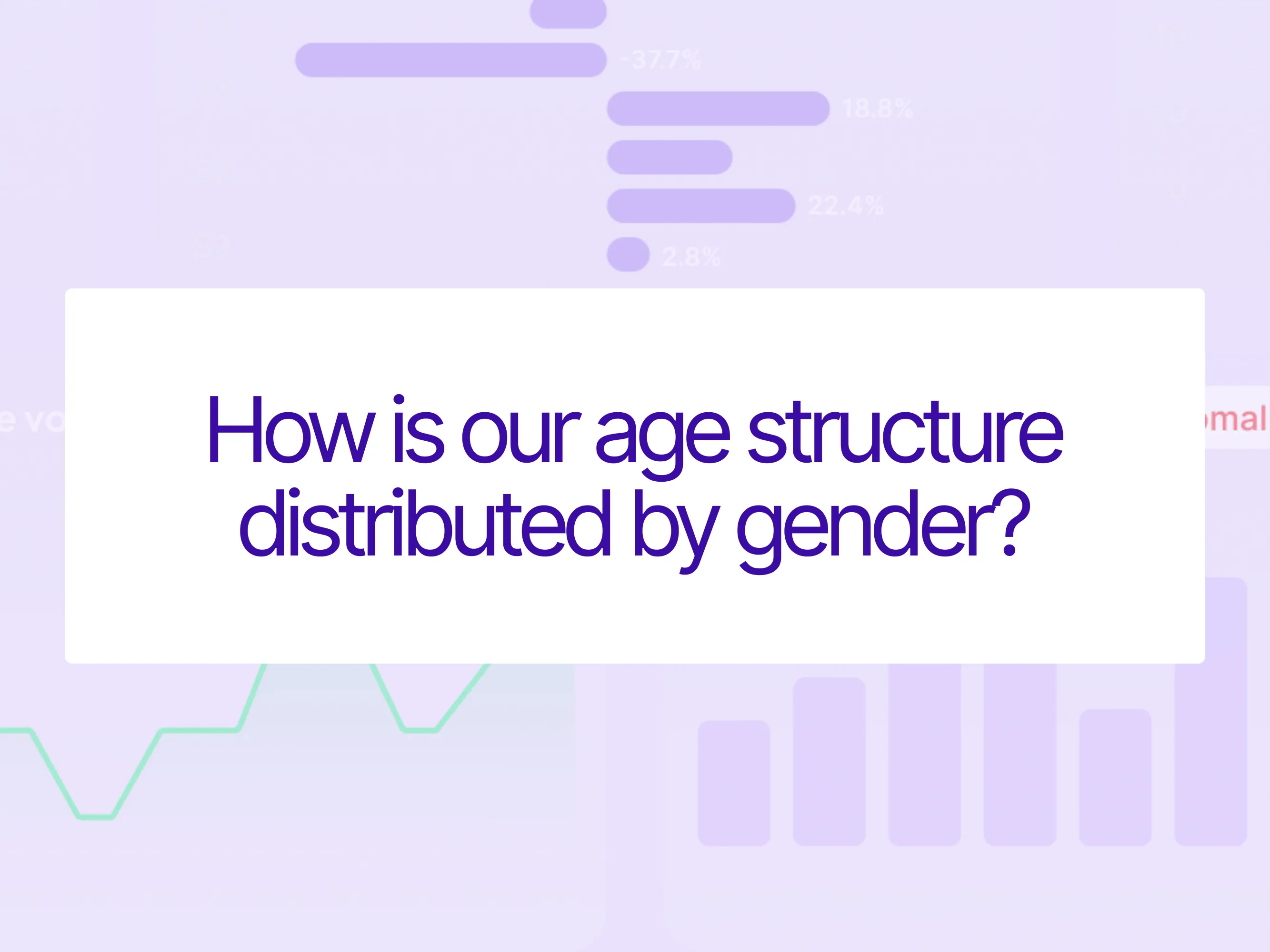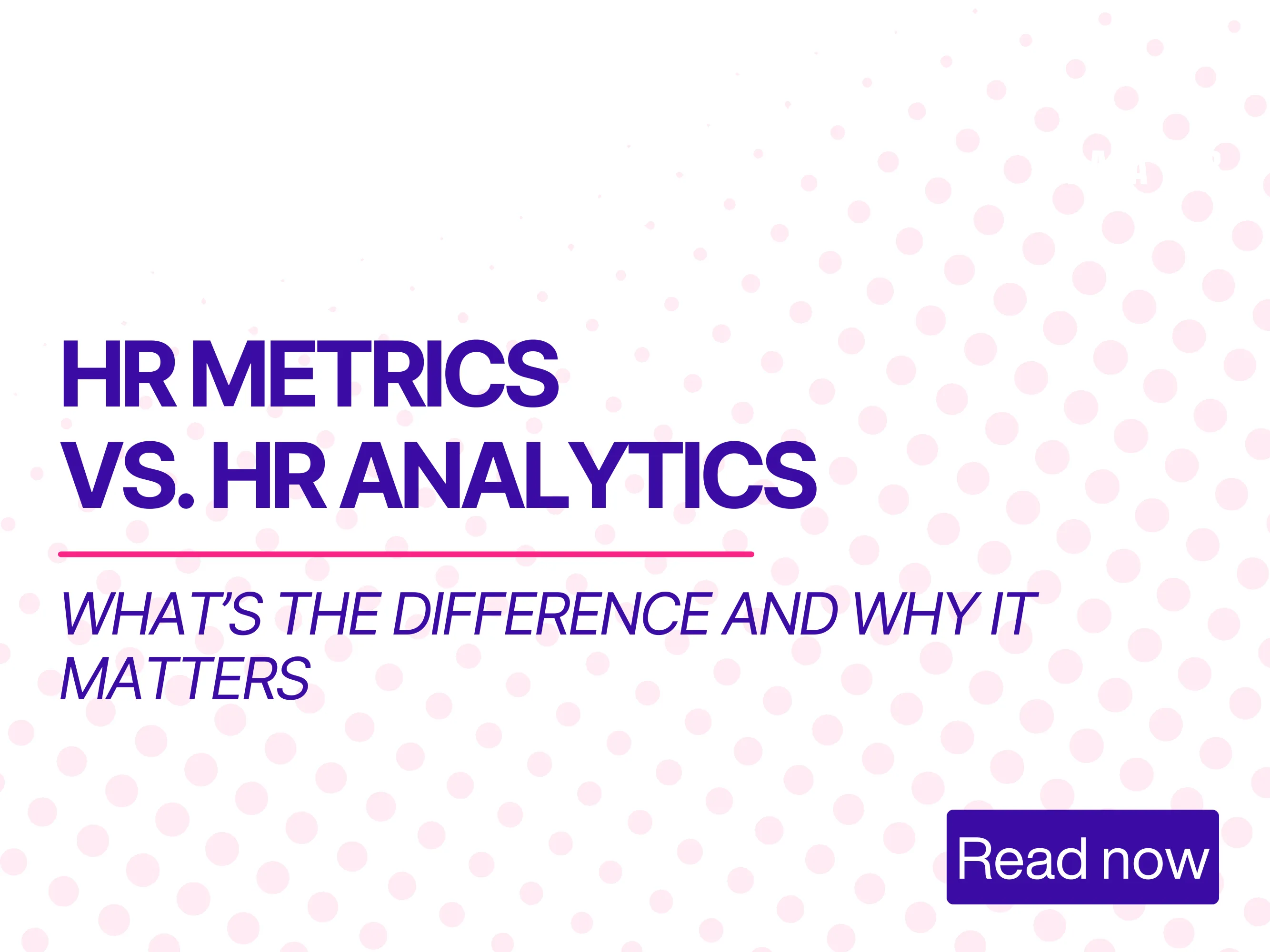Demographic insights — How are age and gender distributed?
The age and gender structure shows how diverse your company is. Here you can analyze how age groups and genders are distributed across teams and departments. In this way, you identify trends, plan targeted succession and development measures and promote a balanced, inclusive workforce.
What does the analysis of age structure by gender mean?
The analysis of age structure by gender examines how different age groups are distributed across gender categories within the organization.
It helps identify patterns, imbalances, or trends, providing insights for diversity, inclusion, and workforce planning initiatives.



Here is the Age structure by gender in your company:
Distribution by age group
0-19 years: 1 employee
- 1 female, 0 male
20-29 years: 44 employees
- 28 female (64%), 16 male (36%)
30-39 years: 85 employees
- 53 female (62%), 32 male (38%)
40-49 years: 121 employees
- 68 female (56%), 53 male (44%)
50-59 years: 106 employees
- 54 female (51%), 52 male (49%)
60+ years: 16 employees
- 8 female (50%), 8 male (50%)
Key findings
- Largest age group: With 121 employees, 40-49-year-olds represent the largest group
- gender distribution: In younger age groups (20-39 years), the Higher proportion of women (62-64%)
- balance: With increasing age, the gender distribution becomes more balanced - At 60+ years old, she is already 50:50
- Demographic focus: The majority of the workforce (312 out of 373 employees, 84%) is between 30-59 years old
The age structure shows a mature organizationsstructure with a strong core of experienced employees in the middle age groups.
.webp)






